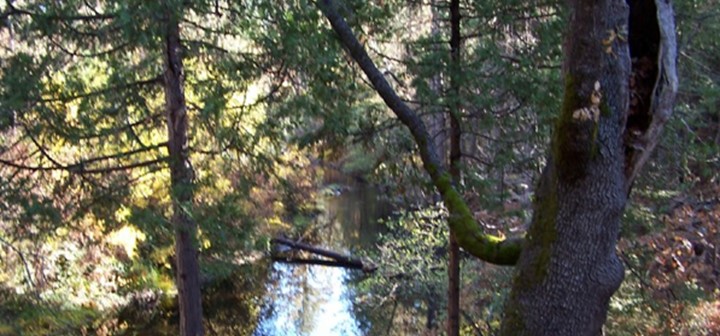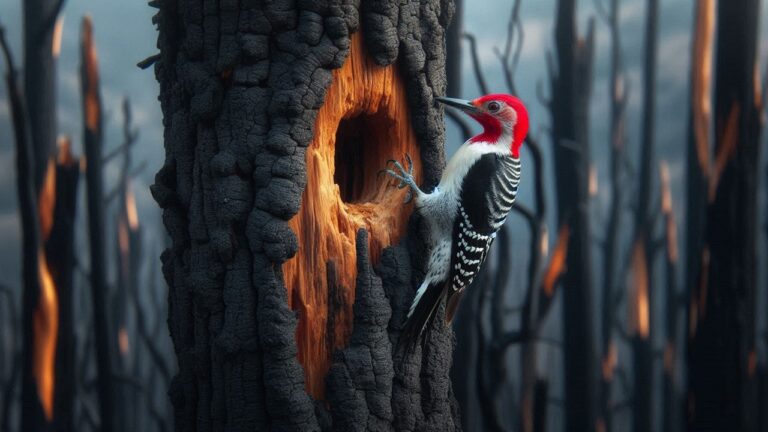Forestry – Is It a Lost Art?

We were settling into our room. I had just turned from admiring the view of the forest, commenting, “It’s amazing! There’s not a sign of a beetle kill tree anywhere. I wonder how they’ve avoided this.” An ominously large shadow dropped past the window. I turned back but didn’t see anything. I joked, “I think a Pterodactyl just landed outside.” A few minutes later, it happened again. This time we caught it. It was part of a tree falling. From the window, we were able to see a Tree Faller up in one of the trees. He was removing an infected tree. I cheered! Forestry! I thought it was a lost art.
Many people told me that it was impossible to surgically remove beetle kill trees because there weren’t roads into the areas. My insistence that logging existed before roads did fell on deaf ears. Near the Tree Faller, a pickup truck was parked between the trees. People were using chain saws to cut manageable pieces and loading them up. We watched until the tree was down and the crew and another truck wiggled their way off between the trees and out of sight.
The photograph at the top shows a forest that may never have seen a Forester. A hundred fifty years ago, it was open and well-spaced. Policies, since this is at the edge of a National Park, prevent interference. Indigenous people have been prevented from traditional control of overgrowth by managed burning. That area was burned in the Rim Fire. Today, it looks like a tundra. The only growth, other than unfamiliar grasses, is a bush that is not native to the area. It’s good for preventing erosion but highly flammable.
Forestry includes planting, maintaining, and harvesting trees in a sustainable manner. It’s very compatible with efforts to decrease wildfire intensity. In the burn scar of the Camp Fire, in Butte County, California, agencies are re-introducing indigenous practices with modern equipment and planting a diversity of native plants and trees. Progress is being made. What is needed?
In one mountain town, nearly obliterated by fire, a Fire Captain requested that the town require seven feet of clearance around any new build to help with future defensibility. His requst was greeted by an outpouring of protests about the prevention of beauty and ambience. The Fire Captain’s request was denied. Education is needed.
A property owner was told by fire officials he had to keep thirty feet of clearance around his planned home. The lot was not large enough for that with the plan he had. At the same time, County officials required the planting of a Redwood tree (there are no Redwoods in the area) seven feet from one corner of the home and would not allow a pine tree to be removed. Cooperation is needed.
The homeowner in the uncooperative agency case was able to get a permit after complying with the tree requirements. He planted the Redwood tree. He added a wood deck, built around the pine tree. Defensible space was not a concept he understood or felt a need to raise in discussions with the County. Education is needed.
Firefighters, unfamiliar with an area, were told there were no homes on the other side of a river. Any local Volunteer Firefighter could have told them exactly what lay on the other side of the river. Seven homes were lost, with Firefighters becoming aware of them and trying to save them too late. Abandoned firehoses on the ground told a story, Cooperation is needed.






